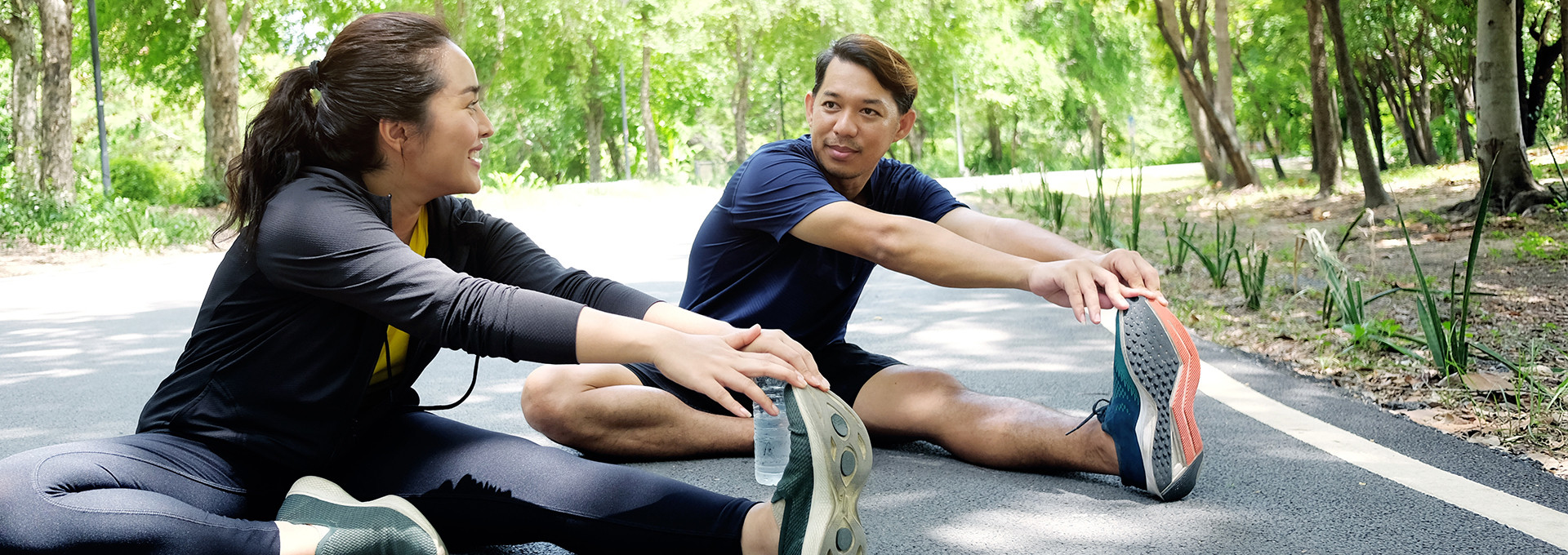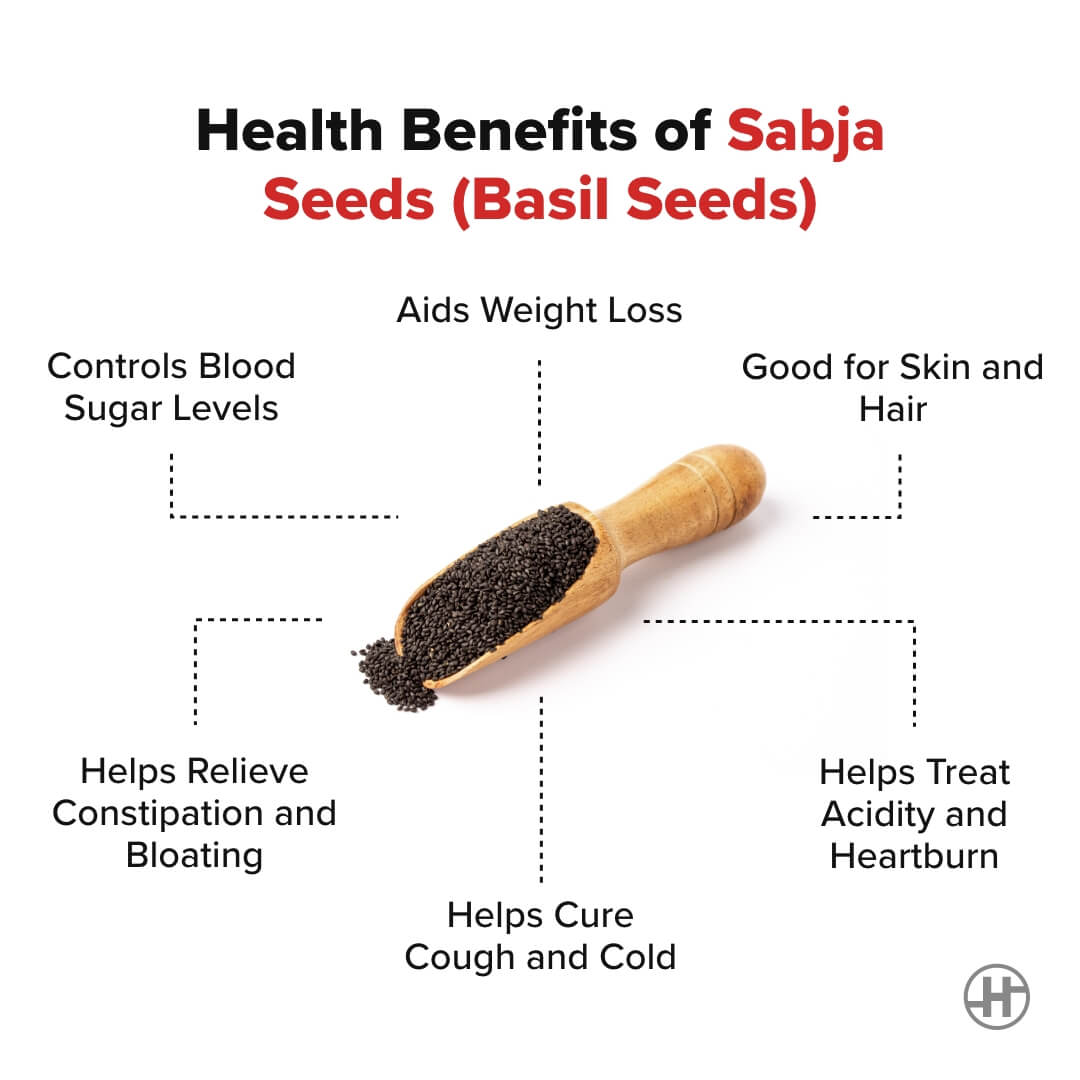
Walking for weight loss is one method to get moving without any exercise. Walking can help you lose calories and shape your body by increasing your heart rate and stress. For those suffering from joint pain, arthritis, or other chronic conditions, walking can be very beneficial. A walking program should be tailored to your level of fitness and the distance you walk. MyFitnessPal has a walking program for you if you don’t have one. Your plan will require you to walk at least 2,000 steps each day for the first day. On the third day, walk 10,000 steps. That is approximately four- to five miles each day. If this is too difficult, you can break up your daily walking goal into four sessions.
Uphill and downhill segments are good for calorie burn
Walking uphill or downhill is good for burning calories. Walking uphill can raise your heart rate, while going downhill can lower it. Because you use more muscle fibers uphill, it is beneficial. If your resistance is higher, your muscles will be more likely recruit them. Walking uphill also helps to build leg muscles. Larger muscles are more able to burn fat and look better. However, it's essential to warm up before tackling hills, as the exertion you will feel will be more intense.

You can burn more calories if you are lighter than your bodyweight
Running and walking have numerous benefits. Walking for 30 minutes a day can help you burn up to 3,000 calories. These exercises help increase your metabolism and reduce the risk of getting sick. Walking is the easiest form of exercise and burns more calories than running. To start, you don't have to buy fancy gear. All you need are comfortable walking shoes, and a good diet.
Stretching after a walk can reduce chafing in problem areas
Warm-ups and cool-downs are good ways to stretch out after a walk. Warm-up stretching improves your ability to walk and reduces muscle soreness. Don Lein of the University of Alabama Spain Rehabilitation Center offers tips and guidelines for a warmup routine. Before starting to stretch, warm up your muscles by marching in place or swinging your arms gently. These positions should be held for between ten and twenty seconds. You may also want to hold a stable object for balance while performing stretches.
Your walk can be enhanced by using the right form cues
There are several ways to improve your walking posture and burn calories. Proper posture will keep your shoulders square, your back straight, and your glutes engaged with every step. Landing on your heels and rolling forward to push off your toes are also important. Walking with an intentional arm motion is much more efficient than you may think. This can help you burn as many as 10% more calories. People who add an arms motion to their walking speed up.

Examples of SMART goals for weight loss
You can list as many areas of your health as you like to set SMART goals. Start with one or two of these areas. You don't want to make too many changes at one time. Make your goals specific. Pick another area you want to improve after you've achieved one or two goals. By doing this, you can work on your goals long after you achieve your initial one. Here are some examples of SMART goals to help you walk for weight loss.
FAQ
What is the best time to do Intermittent fasting in order to lose weight
The answer is not as simple as you might think. For optimal fat loss, you need to take into account many factors. These are:
-
Your age. If you are younger than 40, intermittent fasting might be too difficult because you have less time for recovery after each fast. You may not have enough energy for a sustained period of daily fasting if you are older (over 60).
-
Your current body composition. Longer periods of fasting are more beneficial if you have a lot muscle mass. For those with less muscle mass, however, you may be able to benefit from shorter fasting times.
-
How active you are. Regular exercise may mean that your fasting window needs to be extended to allow you to get sufficient rest between sessions.
-
Your past health history. Additional fasting monitoring may be required for certain medical conditions such as diabetes or heart disease.
-
How can you manage stress? Stressful situations often make us eat less. You might need to lengthen your fasting windows in order not to have this problem.
-
What type of diet do you follow? Certain diets, like ketogenic diets, may require even longer fasting periods.
-
The quality of your sleep. Insufficient sleep has been associated with decreased metabolism and increased appetite. You may need to experiment before you discover what works for you.
-
The amount you eat of protein. Consuming more protein helps to stabilize blood sugar levels. This could lead to lower insulin levels. This will allow you to fast longer.
-
No matter if you are trying gain or lose weight. People trying to gain weight often need longer fasting periods than people trying to lose weight.
-
What percentage of calories do you consume during your fasting window? You may lose more weight if you eat fewer calories each day than if you eat more.
-
Your overall fitness level. The metabolic rate of fast people who are fit is higher, which means they burn more calories each day.
-
Your gender. Men tend to have greater appetites that women, so they may need a longer fast. Women tend to have smaller appetites so they might only need to fast for 20-30 minutes each morning.
-
Your lifestyle. Do you get enough physical activity? Do you do a lot of exercise each week? Is your job a long, sedentary one? These factors could affect how much you should fast.
-
How much do you spend per month on food? Not all healthy food means you need to spend a lot more on groceries. Whole grains can be replaced by white bread, fruits can replace candy bars, and lean cuts of meat can be used to save money.
-
How important it is for you to control your hunger. If you don't want to skip meals, you might not need to fast as long as other people do.
What Weight Loss Can You Expect In One Week?
Your body fat percentage determines how much weight you are able to lose. To begin, you need to determine how much weight that you would like to lose. Next, find your BMI (Body Mass Index). Your BMI indicates how much weight we should lose to achieve our goal. If your BMI is 25 or greater, you're overweight. If your BMI is more than 30, you are obese.
For example, if you weigh 200 pounds, your BMI would be calculated at 28.7. To drop to a healthy range of weight, you will need to lose approximately 70 pounds. To see if you're overweight, visit www.healthyminds.com/bmi/.
Once you know your BMI, you can use this formula to figure out how many pounds you'll lose per week:
(Your Goal Weight - Current Weight)/BMI * 7 Number Of Pounds Lost Per Week
To lose 50 pounds in a month, you would need to exercise for 2 weeks. That's 56 days divided by 7 pounds per day. This equates to an average of 8.3lbs per week.
You could also try this calculator from www.weightlosscalculator.net. It gives you a rough estimate of how many calories you should eat daily to lose 1 pound per week.
Why exercise is important to weight loss
The human body, an amazing machine, is incredible. It was created to move. Moving our bodies is important for our health.
Exercise burns calories and improves muscle tone. This helps you feel happier both mentally and physically. Exercise is an important part of weight loss.
-
Exercise boosts metabolism. Your body uses energy when you are active. Moving makes your heart beat faster and blood flows more quickly to your muscles. Your lungs also absorb oxygen. All of these activities are energy-intensive. You can burn calories more easily by exercising and increasing your metabolic rate. Your body's energy consumption during physical activity is known as the amount of calories burned.
-
Exercise reduces appetite. Exercise can help you lose weight.
-
Strengthening your muscles through exercise is key. Muscle tissue is more energetic than fat tissue. To maintain your current weight, you'll need less calories if muscle mass is increased.
-
Exercise releases endorphins. Endorphins, hormones that make you feel happy, are released when you exercise. They are released into your bloodstream when you exercise. Endorphins are known to block pain signals from your brain. This results in a feeling of wellbeing.
-
Exercise increases self-esteem. Exercise is a great way to boost self-esteem. And this leads them to live healthier lives.
You can lose weight by making small changes. You can add one of these tips into your daily life today.
Why lose weight when you are 40 years old?
Over 40s should be concerned about their health and fitness. It is important to stay fit throughout your life. Regular exercise, healthy eating, moderate alcohol consumption, and quitting smoking are all important.
It is important to recognize that our bodies change as we age. Our bones get weaker and our muscles become smaller. By taking care of our bodies, we can slow the aging process.
Staying healthy and fit throughout your life is a great way to keep yourself young. These benefits include:
-
Better sleep
-
Improved moods
-
Energy levels increase
-
Lower risk for cancer
-
A longer life
-
More independence
-
Better sex
-
Better memory
-
Concentration is key
-
Increased circulation
-
Stronger immune system
-
Fewer aches and pains
How can busy people lose excess weight?
It is best to eat less and exercise more to lose weight.
You'll gain weight if you eat too many calories. If you don't exercise enough, you'll also gain weight. These two simple habits can help you start losing weight.
Can cardio exercises help me lose weight quickly?
Cardio exercises are great to burn calories but they won't necessarily help with weight loss. It all depends upon how much fat you have stored, and what type or exercise you do.
Cardio exercises may not be sufficient to lose weight if you are overweight.
You should combine them with dieting or other types exercise.
Cardio exercises, such as running or jogging, can help you lose weight quickly. These exercises burn calories more than any other type.
Resistance training is necessary if you are looking to build muscle and not lose fat. Resistance training involves using free weights, machines, bands, elastic bands, etc.
For fast weight loss, combine cardio with resistance training.
For fast weight loss, combine resistance and cardio training.
How do I create an exercise routine?
You must first create a routine. You must know what you will do each and every day, as well as how long it will take. This helps you plan ahead, and it will also help you avoid procrastination.
A second important thing to do is ensure you have lots of variety when it comes to your exercise routine. Avoid becoming bored with exercise. If you do, it will be difficult to keep going.
Also, you need to keep track on your progress. It is important to keep track of how much weight you have lost and gained over time.
It is easy to lose motivation after you have lost weight. It's harder to stay motivated if you gain too many pounds.
So, try to find a balance between gaining weight and losing weight. You'll find it harder to exercise if you don't like where you are at the moment.
Statistics
- One study in 9 active men found that HIIT burned 25–30% more calories per minute than other types of exercises, including weight training, cycling, and running on a treadmill (18Trusted Source (healthline.com)
- According to Harvard Health, it's estimated that a 155-pound (70-kg) person burns around 167 calories per 30 minutes of walking at a moderate pace of 4 mph (6.4 km/h) (5). (healthline.com)
- One 6-month study showed that simply doing 11 minutes of strength-based exercises 3 times per week resulted in a 7.4% increase in metabolic rate, on average. (healthline.com)
- A 12-week study in 20 women with obesity found that walking for 50–70 minutes 3 times per week reduced body fat and waist circumference by an average of 1.5% and 1.1 inches (2.8 cm), respectively (healthline.com)
External Links
How To
How to Intermittent Fasting
Intermittent Fasting is a method of dieting where you only eat one meal per week, typically Monday through Friday. This allows you to reduce your calorie intake and still get adequate nutrition. This helps you lose fat more quickly than if it were your normal meals for the entire week.
The most common form is to limit calories for certain days. This would mean that you skip breakfast each morning, and then eat whatever food you like throughout the day. You could also choose three small meals instead of two large meals per day.
There are many forms of intermittent fasting. Each form of intermittent fasting comes with its own pros and cons. Alternate day fasting, which doesn't require you to change your lifestyle, is the best way to get started. However, for some people it can be difficult to follow a strict diet, so they may prefer to explore other options.
Alternate-day fasting is a good option if you are looking to begin an intermittent fasting program. This will allow you to gradually transition into more extreme fasting routines without completely changing your lifestyle.